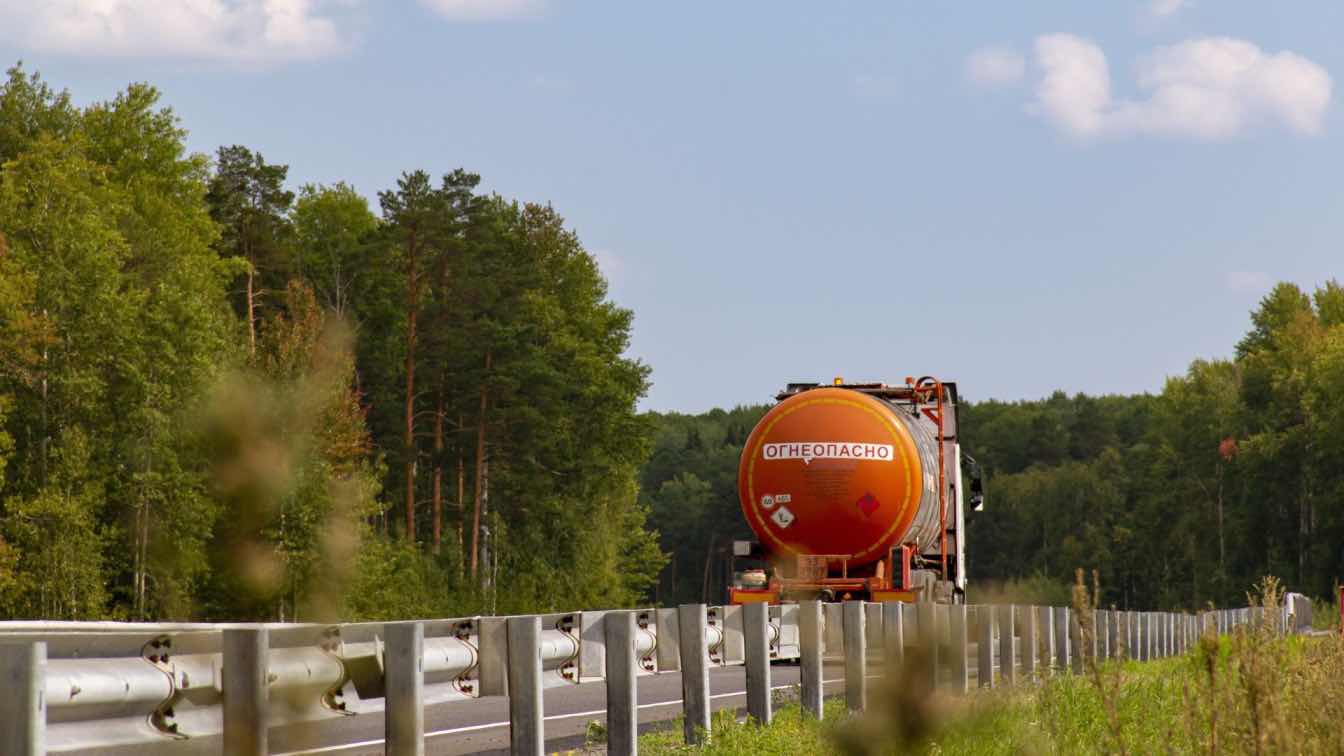Moving can be a daunting task, but with the right approach, it doesn’t have to be overwhelming. Proper packing is crucial to ensuring your belongings arrive at your new home intact and without damage. Whether you’re moving across town or to a different state, packing like a pro can make all the difference. This guide will provide you with expert tips to help you protect your belongings during a move. From choosing the right materials to mastering the art of labeling, these tips will equip you with the knowledge to make your move as smooth as possible.
1. Start with a Packing Plan
Before you start packing, it’s essential to have a solid plan in place. This involves more than just gathering boxes and tape; you need to strategize how you’ll approach the task. Begin by creating an inventory of all the items you’ll be taking with you. This list will help you keep track of your belongings and ensure nothing gets left behind. Once you have your inventory, categorize your items by room and priority. This method not only helps in organizing your packing process but also makes unpacking easier. Start packing the items you use least often, such as seasonal decorations or extra bedding, and save daily essentials for last.
2. Choose the Right Packing Materials
Investing in high-quality packing materials is key to protecting your belongings during a move. The right materials can make a significant difference in how well your items are protected during transit. You’ll need sturdy boxes in different sizes, bubble wrap, packing paper, and heavy-duty tape. For fragile items, consider using specialty boxes with dividers. If you’re unsure where to source quality materials, consider consulting local movers, as they often provide packing supplies or can recommend trusted suppliers. Avoid using old or worn boxes, as they may not withstand the weight and movement during the move. Additionally, use blankets or pads to protect large items like furniture.
3. Master the Art of Wrapping Fragile Items
Fragile items require special attention during the packing process. Properly wrapping and cushioning these items can prevent breakage. Start by wrapping each item individually in packing paper or bubble wrap. For extra protection, consider double-wrapping particularly delicate pieces. Place heavier items at the bottom of the box and lighter ones on top to prevent crushing. It’s also a good idea to label these boxes as “fragile” and ensure they are loaded securely in the moving truck. To fill any empty spaces in the box, use packing peanuts or crumpled paper. This step will prevent items from shifting and getting damaged during the move.
4. Pack Smart: Maximize Space and Minimize Damage
Efficiency is key when packing for a move. By packing smart, you can maximize the space in each box and minimize the risk of damage. Start by placing heavier items at the bottom of the box and lighter ones on top. This technique not only helps balance the box but also prevents delicate items from being crushed. Use soft items like towels or clothing as padding around fragile items to save space and provide extra cushioning. Avoid overpacking boxes, as this can make them difficult to lift and more likely to break.
5. Don’t Forget About the Essentials Box
The essentials box is one of the most important but often overlooked aspects of packing. This box should contain everything you will need immediately upon arrival at your new home. Include items like a change of clothes, toiletries, medications, important documents, and basic kitchen supplies. Think of it as a survival kit for your first night in your new home. Having an essentials box on hand will save you from having to dig through multiple boxes to find what you need. Make sure this box is clearly labeled and placed in an easily accessible spot during the move.
6. Safeguard Your Electronics
Electronics are often some of the most valuable and sensitive items you’ll move, requiring extra care to ensure they arrive in perfect working condition. Start by backing up any important data from computers, phones, and other devices, just in case they sustain any damage during the move. Use the original boxes and packaging for these items if you still have them, as they are specifically designed to protect them. If not, find sturdy boxes that can accommodate the size of your electronics, and fill any empty spaces with bubble wrap or packing paper to prevent shifting. Disconnect and bundle cords and cables, labeling them clearly to make setting up easier at your new place.
7. Take Extra Care with Valuable Items
When it comes to valuable items like jewelry, important documents, or collectibles, taking extra precautions is essential. These items are not only financially valuable but often carry sentimental significance, making their protection during a move a top priority. For smaller valuables, consider using a safe box or lockable container that you can keep with you throughout the move. Pack items like jewelry in padded pouches or wrap them individually to prevent scratching or tangling. Important documents such as passports, birth certificates, and financial records should be stored in a waterproof and fireproof container to protect them from potential damage. If you’re moving particularly high-value items, you might even consider hiring specialized movers who have experience handling delicate or precious belongings.
8. Label Boxes Clearly and Accurately
Labeling your boxes might seem like a straightforward task, but doing it properly can make a significant difference during the unpacking process. When labeling, be as specific as possible. Instead of simply writing “kitchen” or “bedroom” on the box, include details about what’s inside, such as “kitchen – pots and pans” or “bedroom – linens.” This will help you prioritize which boxes to unpack first and prevent confusion when you arrive at your new home. Additionally, labeling boxes as “fragile” when necessary will ensure that both you and your movers handle these items with extra care. Consider color-coding the labels by room or using a numbering system that corresponds with an inventory list for even more organization.
Moving doesn’t have to be a stressful experience if you take the time to pack properly and plan ahead. By following these expert tips, you can ensure that your belongings are well-protected throughout the move, minimizing the risk of damage and making the unpacking process much easier. From choosing the right materials to labeling boxes accurately and loading the truck strategically, each step plays a crucial role in safeguarding your possessions. With the right approach, you can turn what might seem like a daunting task into a manageable and even rewarding experience, leaving you free to enjoy your new home.





